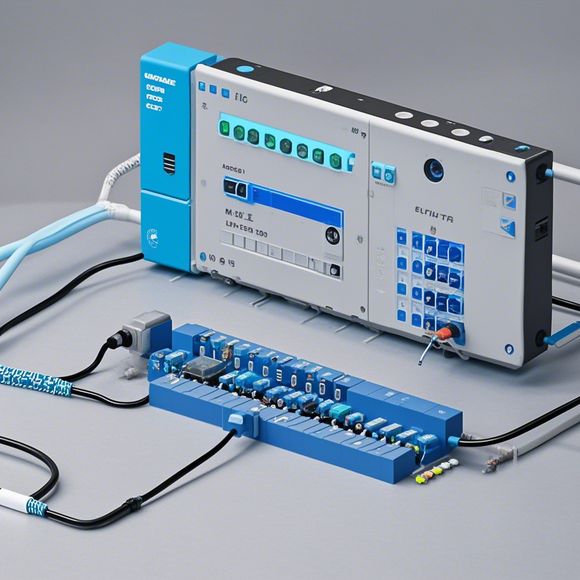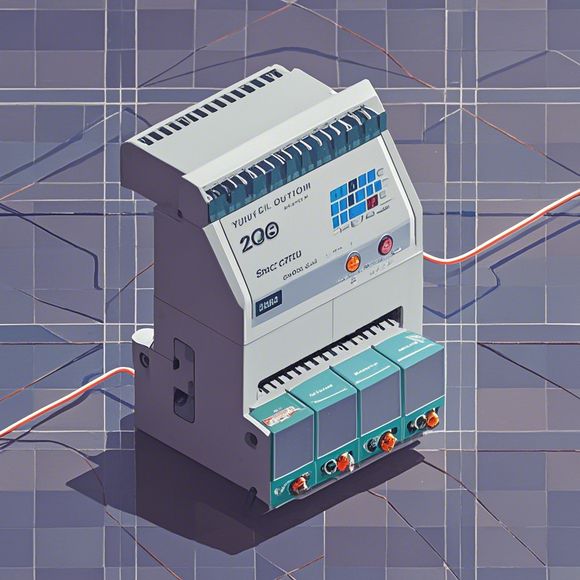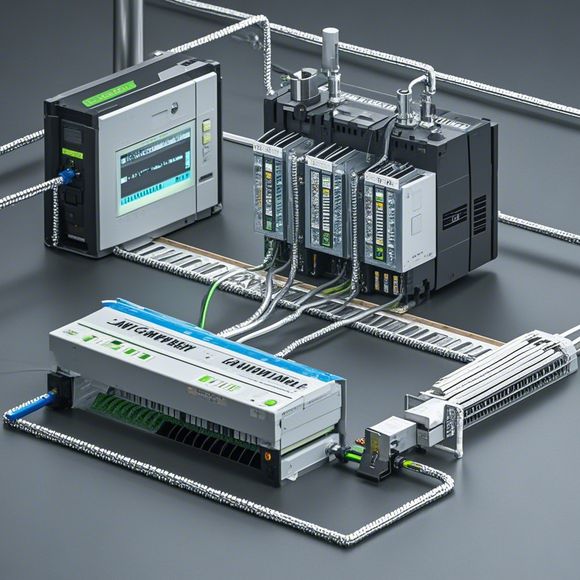Troubleshooting and Resolution of PLC (Programmable Logic Controller) Controller Failures
Hello everyone, today we are going to talk about troubleshooting and resolution of PLC controller failures. PLC controllers are essential components in industrial automation systems, as they control the flow of materials and processes based on predefined instructions. However, like any other technology, they can encounter issues that require quick attention and corrective actions.
One of the common causes of PLC controller failure is hardware faults. This can be due to wear and tear over time, physical damage during shipping or handling, or even improper installation. In such cases, you may need to replace the faulty hardware component. It's important to check the connections between the PLC controller and the other devices in the system, as loose connections can cause communication problems. If necessary, use a wire tester to verify that all connections are secure before resuming operations.
Another common issue is software errors caused by programming mistakes, incorrect settings, or outdated firmware. To address this problem, you need to identify the specific error message displayed on the screen, which will help you determine the nature of the issue. You can then consult the manufacturer's documentation for possible solutions, or contact technical support for assistance.

If the above methods don't work, it may be necessary to reset the PLC controller to its factory settings. This process involves removing the power supply from the device and reconnecting it while holding down specific buttons on the controller. Once the reset button is pressed, the controller should boot back up with fresh configurations, assuming there were no other issues.
In some cases, the PLC controller may be affected by external factors such as electromagnetic interference, vibrations, or temperature changes. These conditions can interfere with the proper functioning of the controller and cause various problems. To mitigate these effects, it's recommended to install protective devices such as filters, grounding strips, and vibration dampers. Additionally, regular maintenance checks can help detect and fix any potential issues before they become serious problems.

In conclusion, troubleshooting PLC controller failures is a crucial aspect of maintaining industrial systems. By understanding the root causes of issues and taking appropriate steps to address them, you can ensure the continued operation of your automation system. Don't hesitate to reach out to experts if you encounter any complex problems, as they can provide specialized knowledge and guidance tailored to your needs. Stay tuned for more insights into PLC controllers and their associated challenges!
Content expansion reading:

Articles related to the knowledge points of this article:
PLC Programming for Automation Control in the Manufacturing Industry
How to Use a PLC Controller for Your Business
PLC (Programmable Logic Controller) Control System Basics
The Role of Programmable Logic Controllers (PLCs) in Foreign Trade Operations